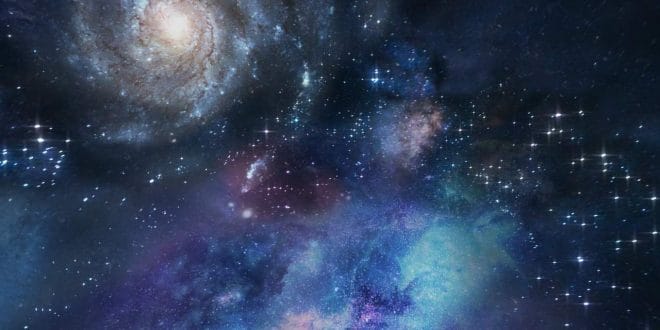Summary:
Galaxies don’t have clear boundaries like countries on a map. Instead, they blend into each other in space, forming vast cosmic webs of stars, gas, and dust. This blending creates galaxy clusters and superclusters, where galaxies are grouped together by gravity.
Explaining Galaxy Boundaries:
Imagine looking up at the night sky and seeing a galaxy stretching out across the cosmos. But where does the galaxy end, and space begin? That’s a tricky question because galaxies don’t have clear boundaries like the lines on a map. Instead, they blend into each other in space, creating a vast and interconnected cosmic landscape.
Blending Galaxies:
Galaxies are like giant islands of stars, gas, and dust floating in the vastness of space. But these islands don’t exist in isolation—they’re surrounded by other galaxies, like neighbors in a cosmic neighborhood. Over millions and billions of years, galaxies interact with each other through gravity, causing them to blend and merge together.
Forming Galaxy Clusters:
As galaxies blend into each other, they form larger structures known as galaxy clusters. Galaxy clusters are groups of galaxies bound together by gravity, like cities in a cosmic metropolis. These clusters can contain hundreds or even thousands of galaxies, all swirling around each other in a dance of gravity.
Creating Cosmic Webs:
On an even larger scale, galaxies are arranged in vast cosmic webs that stretch across the universe. These webs are made up of galaxy clusters and superclusters, connected by vast voids of empty space. It’s like a giant cosmic spiderweb, with galaxies strung like pearls along the threads.
Galaxy Interactions:
Galaxy interactions play a crucial role in shaping the cosmic web. When galaxies collide and merge together, they can create new structures and formations within the cosmic web. Some galaxies may be torn apart by the gravitational forces of larger galaxies, while others may merge together to form larger and more massive galaxies.
Observing Galaxy Boundaries:
Astronomers study galaxy boundaries using telescopes and computer simulations to map out the distribution of galaxies in the universe. By observing how galaxies blend into each other and form larger structures, astronomers can learn more about the dynamics and evolution of the cosmic web.
Galaxies don’t have clear boundaries in space—they blend into each other, forming vast cosmic webs of stars, gas, and dust. Through gravity and interactions, galaxies create galaxy clusters and superclusters, shaping the structure and evolution of the universe we live in.
 Lifeved The Keys to a Better
Lifeved The Keys to a Better



 by
by